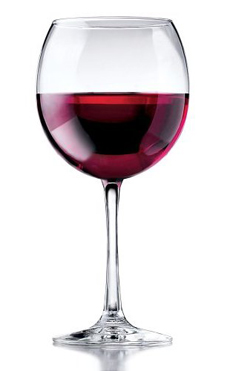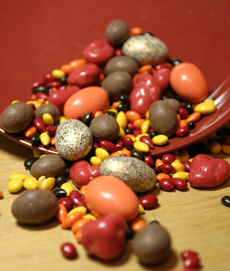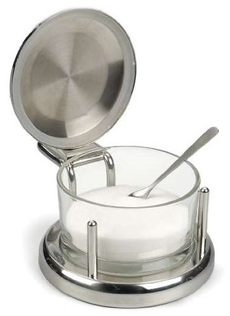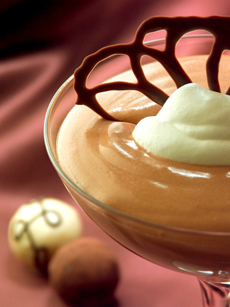| Some wine lovers have an allergy that produces flushing, headaches, hives, rashes and more.
Traditional advice is to avoid sulfites, which are added to many wines as a preservative (to prevent bacterial growth). People with sulfite sensitivity comprise perhaps .2% of the population.
Given this tiny number, if you develop symptoms from drinking wine, it may not be due to sulfites.
Leonard Phillips, owner of Ambassador Wines & Spirits in New York City, was a biochemist before he joined the family wine business. Given the minute percentage of sulfite-sensitive people, he believes that many allergic reactions are due to the tannins in the wood barrels that the wine is aged in.
Tannins give wines a “backbone“—required for a well-structured wine. Too many tannins create a “puckery,” dry or astringent sensation when drinking red wines.
While tannin exists in the skin and stems of grapes, which are crushed to create the juice that is fermented into wine, the bigger culprit, says Phillips, is the oak tannin in wine barrels.
|
|

Avoid wines fermented and/or aged in
wood. Libbey wine glasses. |
| Wines fermented and/or aged in wood barrels extract tannins, sugars and flavors from the wood. It’s a desirable thing, unless you’re sensitive to the tannins.
If you have “wine allergy” symptoms, here’s how to test if you’re sensitive:
1. Consult with your wine store clerk and purchase a wine that “never touches wood.” A large number of wines are fermented and aged in steel tanks instead of wood barrels.
2. If you can enjoy that wine symptom-free, then try a wine that is fermented in steel and aged in used oak barrels. These are barrels that are 2-3 years old. The majority of the tannins leach into the wine the first year they were used. Try to find a European wine or a domestic one that uses French oak. French oak is milder than American oak. Without getting into advanced chemistry, you may be able to better tolerate French oak tannins.
3. If you have no reaction to used oak barrels, try a wine aged in new French oak.
4. Survived again? The last test is to try a wine aged in American oak (or oak from another country.)
This test will help you eliminate wood tannins you may be allergic to. An allergist can help you rule out sulfur allergies. |




